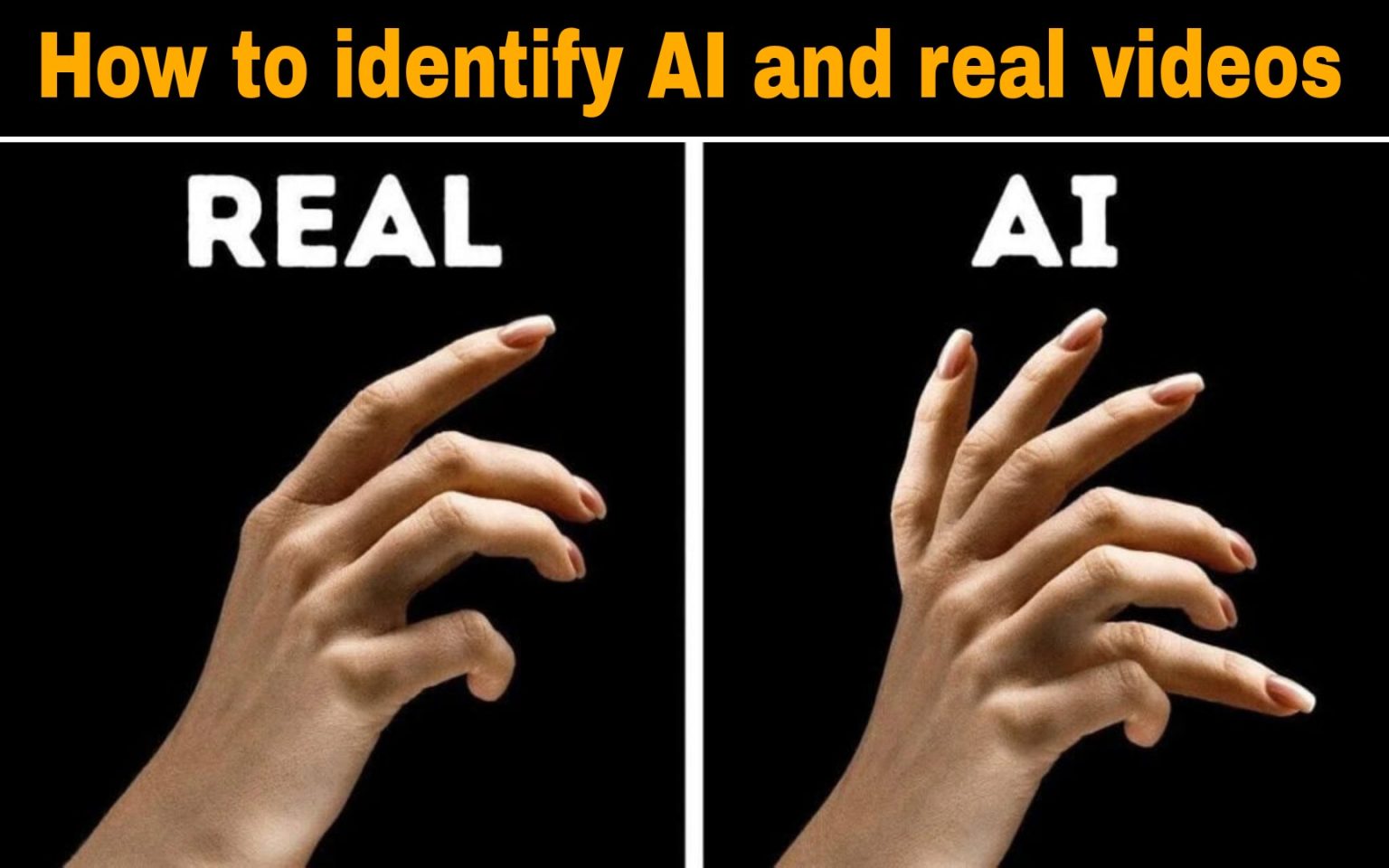Listen to the article
Fake AI Videos Flood Social Media: How to Spot the Deception
Social media platforms are increasingly saturated with artificial intelligence-generated videos, leaving millions of users deceived and questioning what’s real. As these sophisticated tools rapidly improve, distinguishing authentic content from AI fabrications has become a pressing challenge for everyday users.
Recent months have witnessed several high-profile AI deceptions going viral. A fabricated clip of rabbits bouncing on a trampoline garnered over 240 million likes on TikTok, while millions were fooled by a fake video purporting to show an intimate encounter on a New York subway. Even seemingly authentic footage of an American pastor making unexpected political statements—declaring “billionaires are the only minority we should be afraid of”—turned out to be entirely AI-generated.
“The tools for creating AI videos have improved dramatically in the last six months,” explains Henny Farid, professor of computer science at the University of California, Berkeley. “You might be fooled again and again until you start approaching everything with healthy skepticism.”
While poor video quality was once a reliable indicator of AI manipulation, experts warn this shortcut won’t help for long. “If you see something that is really low quality, it doesn’t necessarily mean it’s fake,” cautions Matthew Stamm, who heads the Multimedia and Information Security Lab at Drexel University. “But it’s a sign that you want to take a closer look.”
Today’s popular text-to-video generators like Google’s Vue and OpenAI’s Sora still produce subtle but identifiable flaws. Even the most advanced models frequently generate abnormally smooth skin textures, strange hair or clothing patterns, or background elements that move in physically impossible ways. These telltale signs become harder to detect when creators deliberately reduce resolution and quality.
“There are three key indicators to watch for: resolution, quality, and length,” Farid advises. Length is particularly revealing—most AI-generated videos are remarkably short, often just six to ten seconds, compared to typical social media content running 30-60 seconds. This brevity stems from both production costs and technical limitations; the longer an AI video runs, the higher the probability of noticeable errors.
When verifying suspicious content, Farid suggests looking for compression artifacts and unnatural movements. “If I’m trying to fool people,” he explains, “I create my fake video, then reduce the resolution so details are harder to see, and add compression that further obscures any possible inconsistencies.”
The troubling reality, according to experts, is that these detection methods have a limited shelf life. “I have some bad news,” Stamm warns. “The obvious signs you currently see in AI videos will likely disappear within two years. They’ve already vanished from AI-generated images—you can’t even trust your eyes anymore.”
This doesn’t mean truth has become irretrievable. Researchers employ sophisticated forensic techniques that identify subtle digital traces invisible to the naked eye. “When you create or edit a video, it leaves behind very small digital traces, like fingerprints at a crime scene,” Stamm explains. “We’re developing methods to expose these fingerprints.”
Technology companies are simultaneously developing new verification standards, essentially allowing cameras to embed authentication data directly into files. Similarly, AI tools can add metadata identifying content as synthetic. While promising, these technical approaches represent only part of the solution.
Digital literacy expert Mike Caulfield believes the fundamental shift requires rethinking how we consume online content. “Video is becoming more like text, where the source matters more than the content’s features,” he says. “The ease of manipulation means we must focus on provenance—who posted it, what’s the context, and whether it’s been verified by reliable sources.”
For everyday users, this evolving landscape demands heightened awareness. As AI technology outpaces detection methods, source verification becomes the most reliable safeguard against misinformation.
“This represents the biggest information security challenge of the 21st century,” Stamm concludes. “The problem is relatively new, and the community addressing it remains small, though growing rapidly. We’ll need a combination of educational initiatives, thoughtful policies, and technical innovations working in concert—I wish I could be more optimistic.”
Fact Checker
Verify the accuracy of this article using The Disinformation Commission analysis and real-time sources.




9 Comments
This is a really important issue that deserves more attention. The rise of deepfakes is incredibly concerning, especially the potential for them to be used for disinformation campaigns. We all need to be more vigilant consumers of online media.
I agree completely. Fact-checking and critical thinking are essential skills in the digital age.
Great overview of the deepfake challenge. I’m glad to see more guidance on how to identify AI-generated videos. It’s a rapidly evolving threat that requires an equally rapid response from the public.
Timely and relevant article. The proliferation of fake videos online is a major concern that needs to be addressed. Thanks for providing practical tips on spotting deepfakes – it’s a skill we all need to develop.
Excellent article on a very timely issue. With the rapid advancements in AI, it’s crucial that we all learn to spot deepfakes and other manipulated media. Fact-checking is more important than ever.
This is a growing problem that we’ll need to tackle head-on. The ability to create fake videos that look real is a major threat to truth and transparency online. Appreciate the practical tips provided here.
Interesting read. It’s scary how realistic AI-generated videos can be these days. We really need to be vigilant about verifying the authenticity of online content.
Deepfakes are a real menace and this guide is a helpful resource. We have to stay vigilant and never assume online content is authentic. Appreciate the expert insights shared here.
Wow, I had no idea the tools for creating AI-generated videos had improved so much. It’s a real wake-up call that we need to approach online content with a lot more skepticism these days. Thanks for the informative article.